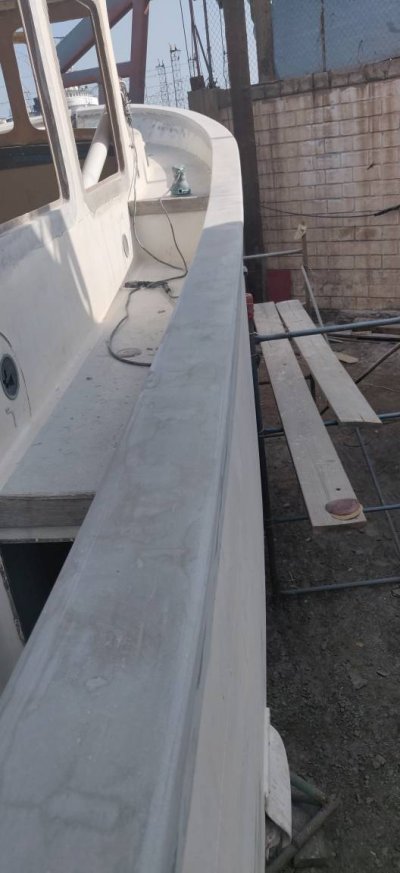Lucky Chucky
Senior Member
Captains,
Happy New Year to all...
We've sanded down our caprails and have to decide whether to apply 4 coats of VARNISH (ala the Captain Sipe's prior posting), or go with TEAK OIL (perhaps from the Star Brite line which seems readily accessibly in every marine chandlery).
Our ship will be in the tropics for the next few years. We don't really care weather it's a piano grade mirror finish or flat. Our goal is to reduce the long term maintenance and costs.
Any feedback would be much appreciated...
~Lucky Chucky
m.v. Ho'okipa
S4326
Happy New Year to all...
We've sanded down our caprails and have to decide whether to apply 4 coats of VARNISH (ala the Captain Sipe's prior posting), or go with TEAK OIL (perhaps from the Star Brite line which seems readily accessibly in every marine chandlery).
Our ship will be in the tropics for the next few years. We don't really care weather it's a piano grade mirror finish or flat. Our goal is to reduce the long term maintenance and costs.
Any feedback would be much appreciated...
~Lucky Chucky
m.v. Ho'okipa
S4326

